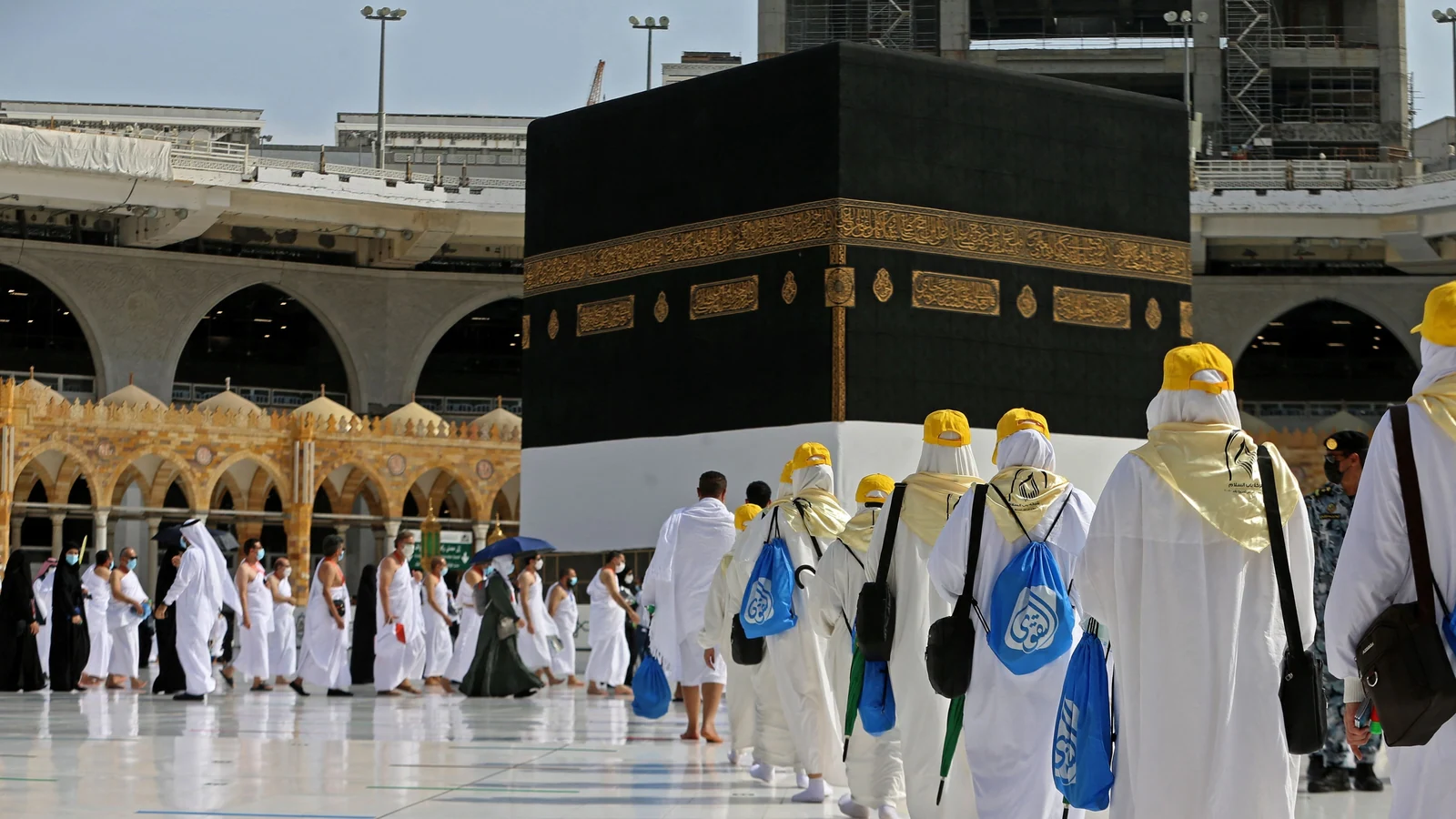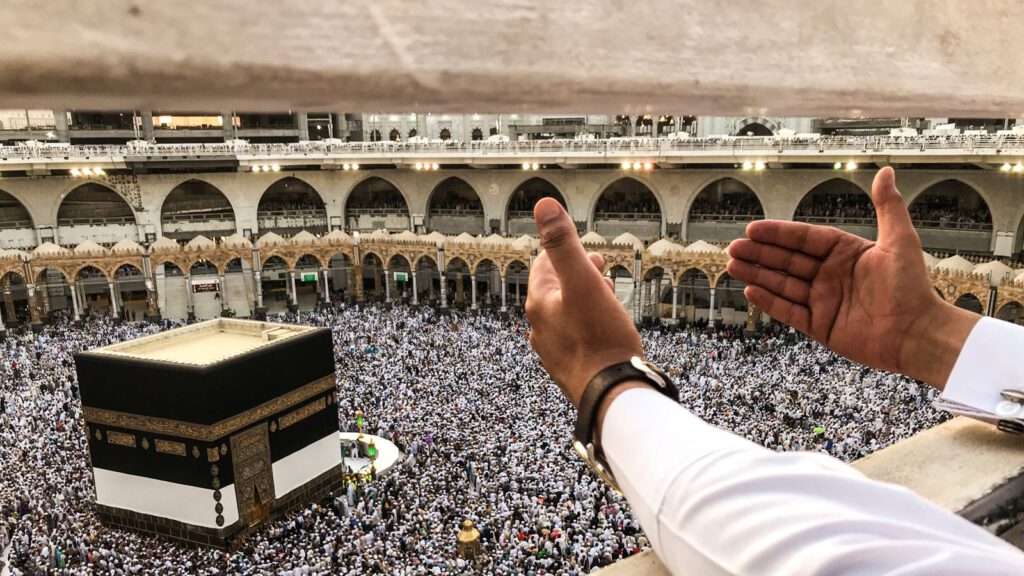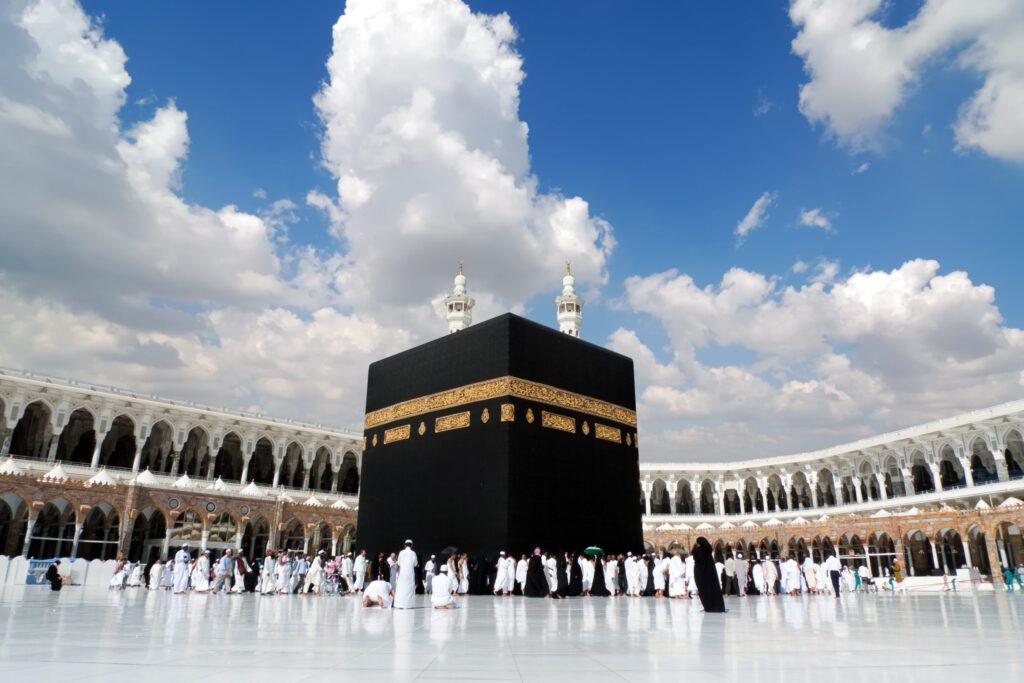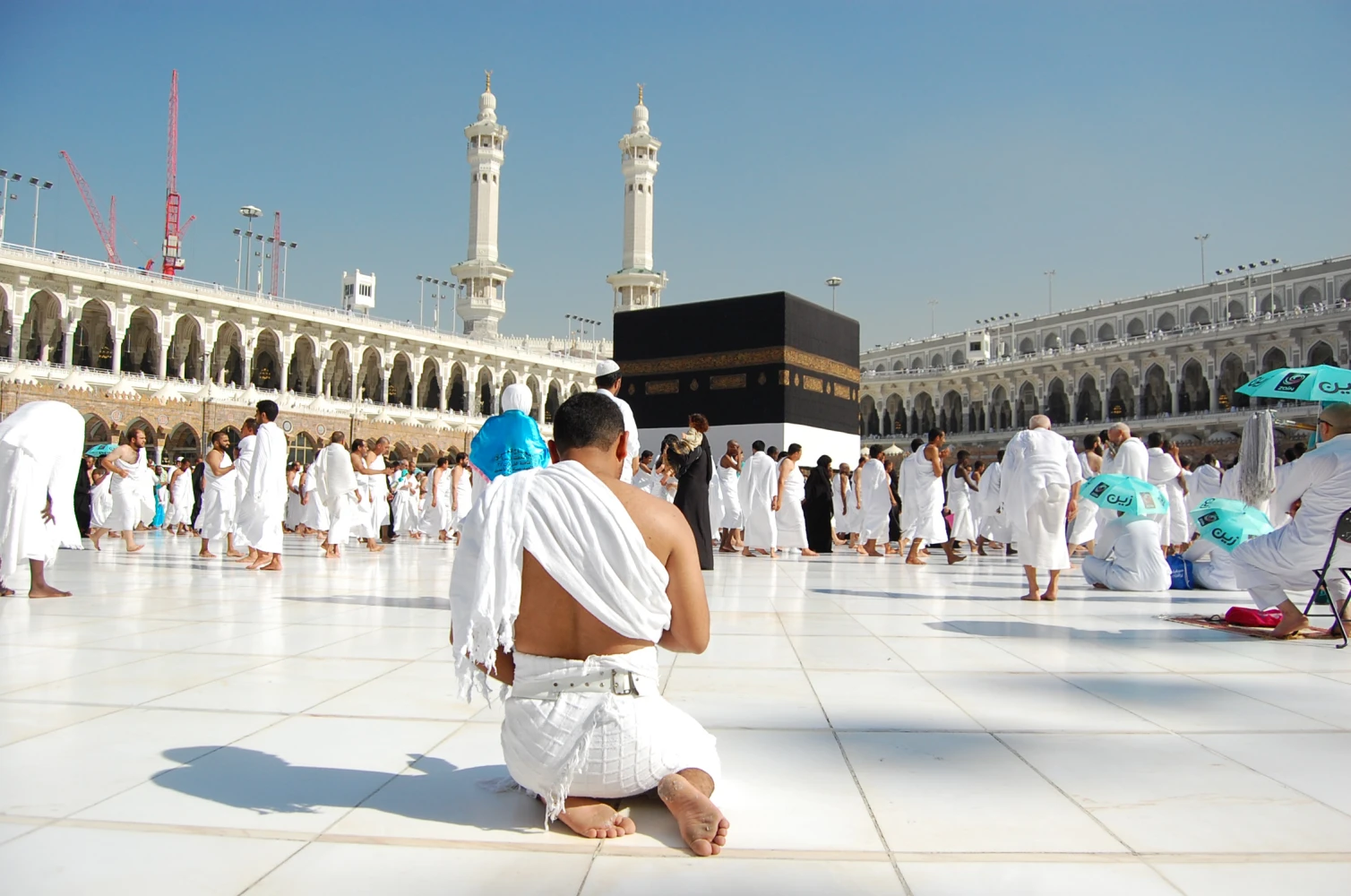

Al Ta’leef Institute
The Al Ta’leef Institute was founded on the basis of enhancing the learning experience of the commun
Preparation
- Understand the rituals of Hajj: Before embarking on the Hajj journey, it is important to have a good understanding of the rituals that will be performed during the pilgrimage. Muslims should study the Hajj rituals in detail, so they know what to expect and can perform the rituals correctly.
- Seek medical advice: Hajj involves a lot of walking, standing, and physical exertion, so it is essential to be in good health. Muslims should consult their doctor to ensure that they are physically fit to undertake the journey.
- Get vaccinated: Saudi Arabia requires all pilgrims to be vaccinated against certain diseases before entering the country for Hajj. Muslims should check with their doctor to ensure that they have received all the necessary vaccinations.
- Pack appropriately: Packing for Hajj requires careful planning. Muslims should pack comfortable, loose-fitting clothes that are appropriate for the hot climate of Saudi Arabia. They should also bring a small backpack to carry essentials like water, snacks, and medication.
- Join a Hajj group: Joining a Hajj group can be beneficial for Muslims, especially those undertaking the pilgrimage for the first time. A Hajj group can provide guidance and support, help with transportation and accommodation, and provide an opportunity for Muslims to connect with other pilgrims.


Pre-Hajj Considerations
- Ensure that you are physically and mentally prepared: Hajj is a physically and emotionally demanding journey. It is important to ensure that you are in good physical health before embarking on the journey. You should also prepare yourself mentally for the spiritual journey ahead.
- Obtain a visa: To perform Hajj, you will need to obtain a visa. The visa application process can be complex, and it is important to start the process well in advance of your planned travel dates.
- Make travel arrangements: Once you have obtained your visa, you should make travel arrangements to Saudi Arabia. You can either book a package through a Hajj tour operator or make your own travel arrangements.
- Pack appropriately: You will be spending several days in Saudi Arabia, so it is important to pack appropriately. You should bring comfortable clothing, a good pair of walking shoes, and any necessary medications.
- Plan your finances: Hajj can be an expensive journey, so it is important to plan your finances in advance. You should budget for travel, accommodation, food, and other expenses.
During Hajj
During Hajj, Muslims from around the world gather in Mecca, Saudi Arabia, to perform a series of religious rituals that commemorate the life and teachings of the Prophet Muhammad. The Hajj is one of the Five Pillars of Islam, and is mandatory for all able-bodied and financially capable Muslims to perform at least once in their lifetime.
The first ritual of the Hajj is the wearing of the ihram, which is a special garment worn by pilgrims that signifies their state of purity and readiness to perform the Hajj. Men wear two pieces of white cloth, while women wear loose-fitting, non-revealing clothing that covers their entire body except for their hands and face.
The next ritual is the tawaf, which involves walking around the Kaaba, a cuboid-shaped building located in the center of the Masjid al-Haram mosque in Mecca. Pilgrims walk around the Kaaba seven times, reciting prayers and supplications as they do so.
After the tawaf, pilgrims perform the sa’i, which involves walking seven times between the hills of Safa and Marwa, which are located near the Kaaba. This ritual commemorates the story of Hagar, the wife of the Prophet Abraham, who ran between the two hills in search of water for her son Ishmael.
The next ritual is the standing at Arafat, which takes place on the 9th day of Dhu al-Hijjah. Pilgrims gather on the plains of Arafat, where they spend the day in prayer and supplication, asking for forgiveness and guidance from Allah.
After the standing at Arafat, pilgrims spend the night in the nearby town of Muzdalifah, where they collect pebbles for the next ritual, the stoning of the devil. This ritual involves throwing seven pebbles at three pillars that represent Satan, symbolizing the rejection of evil and the purification of the soul.
The final ritual of the Hajj is the sacrifice, which involves the slaughter of an animal, usually a sheep or a goat, in commemoration of the Prophet Abraham’s willingness to sacrifice his son Ishmael as a test of his faith.


Post-Hajj
- Reflections on the Hajj journey: Share your personal reflections on the Hajj journey, including the challenges you faced and the spiritual insights you gained. Reflect on how the experience has changed you and your outlook on life.
- Lessons learned from the Hajj: Discuss the spiritual and practical lessons that can be learned from the Hajj. These could include patience, perseverance, humility, and the importance of community.
- Hajj rituals and their significance: Explain the different rituals of the Hajj, such as Tawaf, Sa’i, and Wuquf, and their spiritual significance. Help readers understand the symbolism and meaning behind each ritual.
- Hajj travel tips: Share tips for those planning to go on Hajj in the future, including what to pack, how to prepare physically and mentally, and what to expect during the journey.
- Hajj stories from other pilgrims: Interview other pilgrims about their experiences on Hajj and share their stories on your website. This can help inspire and motivate others who are considering going on the journey.
- Hajj and social responsibility: Discuss the importance of using the lessons learned on Hajj to make positive changes in the world. Encourage readers to take action in their communities and make a difference.

